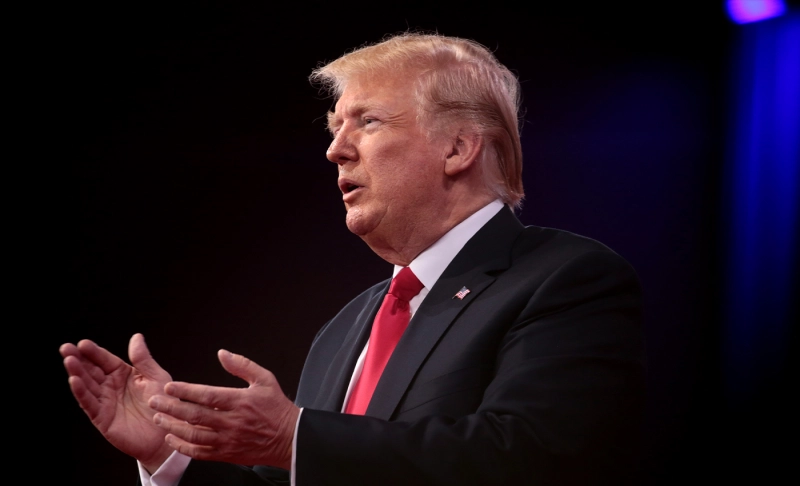By: Aswathi K
November 3 2020
False: Trump's tax cuts gave the average family $4,000 more.

The Verdict False
Since President Trump announced a cut in the corporate tax rates, household incomes haven't made a gain of $4,000 as claimed by the CEA.
Since President Trump announced a cut in the corporate tax rates, household incomes haven't made a gain of $4,000 as claimed by the CEA.In Oct. 2017, President Trump's Council of Economic Advisers (CEA) proposed a plan on reforming corporate tax and wages. The report suggested that reducing the top corporate tax rate from 35 percent to 20 percent would boost middle-class incomes - an average annual increase of $4,000 for each household. The report states that academic literature on corporate tax policy and wages were used to arrive at the $4,000 per household estimate, but it doesn't highlight the specifics. It also asserted that the wage boost could even be over $9,000 if optimistic estimates from the literature were relied on. An analysis conducted by FactCheck.org revealed that Mihir A. Desai, a professor of finance at Harvard, whose work has been cited in the CEA report himself debunked the claim saying his work doesn't support such a conclusion and that the actual income gain would be $800. Business Insider reported in Dec. 2019 that the average hourly pay hasn't edged substantially upward since Dec. 2017 and has hovered between 2.8 percent and 3.6 percent. Macroeconomic Advisors, an economic research firm, found that average hourly growth should have reached 7.8% to meet the $4,000 annual income boost, but it was up just 3.3% through the third quarter since the tax cut took effect. Los Angeles Times, citing census data, reported that median family income grew by about $500 in the first year after the tax cuts, the smallest annual increase in five years instead of the $4,000 estimate made by the Trump administration. Bureau of Labor Statistics figures showed that the growth rate in wages was just 0.4 percent in the two years since the tax cut less than the wage growth of 0.7 percent in the last two years of President Obama’s administration, the report said. Kevin Hassett, the head of the council, has reasoned that the tax cuts help companies save more money, which is likely to lead to better wages. He also said that companies usually end up taking some of their tax savings and investing it in better machines and technology that makes workers more productive and more valuable to companies, so businesses pay them more, according to Washington Post. American entrepreneur Nick Hanauer explained in USA Today that a corporate tax cut doesn't essentially translate into higher wages and better salaries for employers. He says, "Businesses don’t give raises because they can. Businesses give raises when they have to. They give raises when they fear losing employees to a competitor or when the government requires them to through minimum wage laws. But businesses don’t give raises just because they got a tax cut. Businesses pay you what you can negotiate. And few employees in today’s economy have the leverage to negotiate." An analysis by the Economic Policy Institute based on Bureau of Labor Statistics’ (BLS) Employer Costs for Employee Compensation data in every quarter of 2018 and the first quarter of 2019 revealed that the tax cuts did not boost worker bonuses. "The White House contention that corporate tax cut-inspired widespread provision of bonuses that led to greater paychecks through bonuses or wage increases for workers is not supported by the BLS Employer Costs for Employee Compensation data," it stated.


